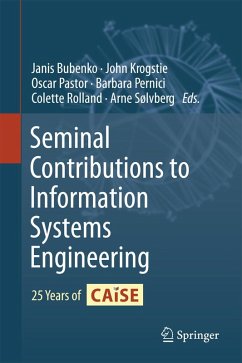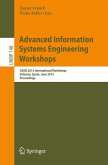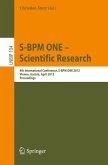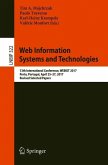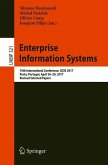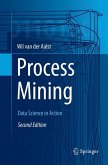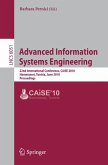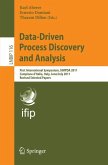In 2013, the International Conference on Advance Information Systems Engineering (CAiSE) turns 25. Initially launched in 1989, for all these years the conference has provided a broad forum for researchers working in the area of Information Systems Engineering. To reflect on the work done so far and to examine prospects for future work, the CAiSE Steering Committee decided to present a selection of seminal papers published for the conference during these years and to ask their authors, all prominent researchers in the field, to comment on their work and how it has developed over the years.
The scope of the papers selected covers a broad range of topics related to modeling and designing information systems, collecting and managing requirements, and with special attention to how information systems are engineered towards their final development and deployment as software components.
With this approach, the book provides not only a historical analysis on how informationsystemsengineering evolved over the years, but also a fascinating social network analysis of the research community. Additionally, many inspiring ideas for future research and new perspectives in this area are sparked by the intriguing comments of the renowned authors.
The scope of the papers selected covers a broad range of topics related to modeling and designing information systems, collecting and managing requirements, and with special attention to how information systems are engineered towards their final development and deployment as software components.
With this approach, the book provides not only a historical analysis on how informationsystemsengineering evolved over the years, but also a fascinating social network analysis of the research community. Additionally, many inspiring ideas for future research and new perspectives in this area are sparked by the intriguing comments of the renowned authors.

